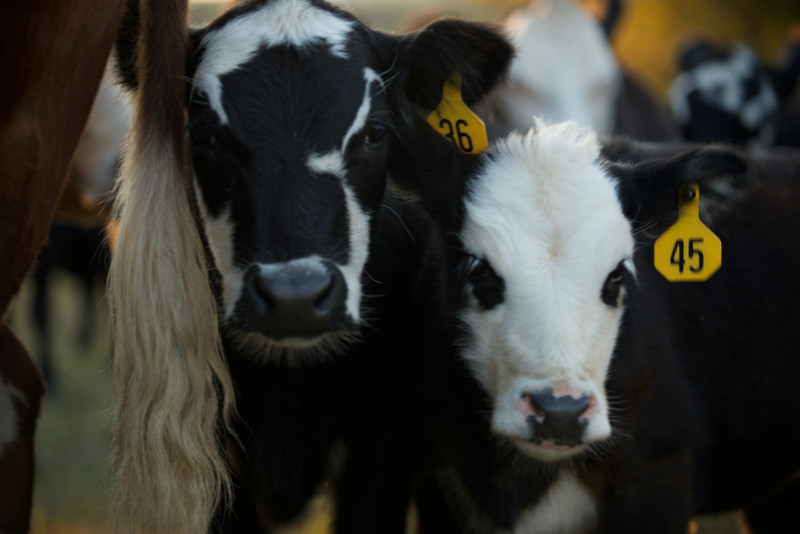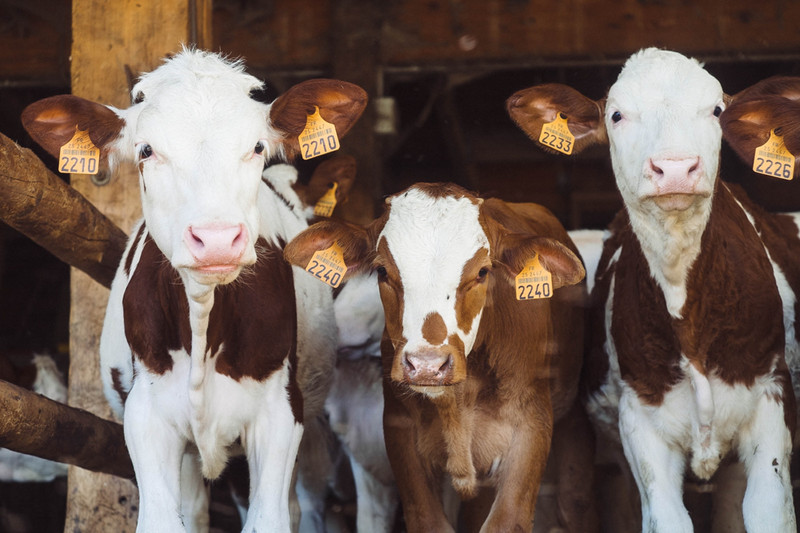Calf Housing Tips
Maximise energy intake and improve growth rates with great calf housing. Having clean and comfortable calf sheds reduce the risk of disease and promote better well-being for your calves. The optimal temperature for calves is between 15-25’C, which for some parts of the country over spring, is quite high. That’s why good shed design, bedding and sick pens is so important to ensure the health of your herd.
Good Calf Shed Design
There are two key things in calf sheds; ventilation and space.
Ventilation – there’s got to be regular air circulation to reduce the risk of respiratory disease. However, nobody wants a cold draught. We recommend getting down to calf level at different times of the day, under different conditions and seeing what it’s like. If you can feel draughts, this will reduce growth rates as more energy will be going into keeping them warm. Ventilation also helps keep your animal bedding fresh and dry.
Space – as a general rule of thumb, it’s 1.5 – 2.5m2 per calf. The more, the better. It means they have space to explore, move freely and play as well as avoid poor weather.
Pen Design
An all-in, all-out pen method results in less scours and animal health issues, compared to systems where calves are moved through each pen. Try and minimise movements between pens to limit the spreading of bugs and diseases.
Sick Pens
Separating sick calves as early as possible can help reduce the risk of disease spreading. If sickness has spread to multiple calves in one pen, your best bet is to contact your vet for advice. Best practice is to ensure staff clean and disinfect themselves and equipment after handling sick calves and if possible wear a separate set of personal protective equipment (PPE) for the sick pen.
Bedding
You’ve got to have bedding that keeps the calves warm and dry and is free draining.
Avoid using bedding if it is also offered as a food source. For example, straw or hay, as using this as bedding may mean the calves are more inclined to nibble at the bedding – which increases the risk of spreading disease.
Through us, you can get woodchip (which makes a great base layer), along with sawdust, wood shavings and post peel. We’d highly recommend our wood shavings for a top layer of calf bedding, as it’s a little denser than sawdust so is less likely to create unwanted dust but is still creates a nice, warm environment.
Water & Feed
Bit of a no-brainer here, clean water should be available to all your calves. Even young calves will have a drink. Make sure they get cleaned regularly. Without access to water, meal intake decreased and rumen development and weight gain slow – bad news.
After calves drink, they like to eat. Your set-up should allow multiple calves to eat at once. It’s a good idea to have feed easily visible and accessible to all calves at the same time.
Enrichment
Happy calves are healthy calves. Providing things to play with means they’re less likely to start nibbling at other calves or sucking navels.
Some fun things to give them include:
- Stocking hung from the roof with a tennis ball inside
- Rope attached to a wall
- A Swiss ball
- Road cones
With these tips, hopefully, you'll experience better success with your calf raising with faster growth rates and less spread of sickness.
 Animal Bedding
Animal Bedding
